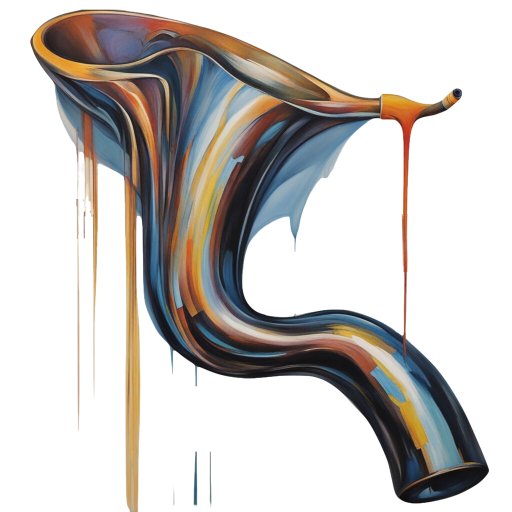You know those moments when you stumble upon a forgotten trinket from years past? That little rush of nostalgia, the flashbacks to a moment in time – it’s a lovely feeling. For most of us, keeping a few such keepsakes is a way of cherishing memories. But imagine that every item you encounter evokes such strong emotions, every discarded piece of paper tells a story, and every old appliance, however dysfunctional, holds a promise of usefulness. That, in essence, is the world of a hoarder.
For the uninitiated, hoarding might appear as a mere unwillingness to part with possessions or an extreme form of being untidy. To others, it might even come across as laziness or sloppiness. But look deeper, and you’ll find that hoarding often isn’t a choice or a lifestyle decision; it’s a compulsion, an overwhelming need to accumulate and hold onto things, no matter their actual value or utility. And that clutter? It isn’t just physical. It’s emotional, often filled with stories of trauma, loss, or immense sentimental value.
Now, we’ve all joked about that one friend whose car looks like it’s housing a mini thrift store or that aunt whose attic is a mystery land of forgotten artifacts. But when does it stop being a harmless quirk and start being a concern? This brings us to the pivotal question: Is hoarding a mental illness?
Understanding Hoarding
At its core, hoarding isn’t just about being a bit messy or having a penchant for collecting. It’s about an intense emotional attachment to items, even those that many would consider trash or unnecessary. And there’s a big difference between a collector and a hoarder. While collectors often take pride in their possessions and may even display them, hoarders often feel embarrassed and hide their habits. The items might not have any monetary value, but they carry significant emotional weight.
Hoarding as a Mental Illness
In recent years, the medical and psychological communities have taken a deeper look at hoarding. It’s not just an eccentric habit – it’s recognized in the DSM-5, which is like the bible for mental health professionals. There, hoarding is officially classified as a disorder. Also, many researchers and therapists see links between hoarding and other conditions, like depression, anxiety, and even OCD. It’s not about being lazy or careless; there’s a lot more going on beneath the surface.
The 5 Stages of Hoarding:
- First Stage: Think of this as the “early warning” stage. Sure, there’s clutter, but your home is mostly accessible. All doors and stairs can be reached without any Cirque du Soleil maneuvers.
- Second Stage: This is where things start to get tricky. Maybe your living room has become a storage area, or you haven’t used your oven in months because it’s packed with stuff. And, if you have pets, there might be a few “accidents” you haven’t gotten around to cleaning.
- Third Stage: Now, rooms are starting to lose their original purpose. Does your dining room look more like a garage sale, than your actual garage? Well, let’s just say the car hasn’t seen the inside of it in a while. Your home’s scents might be a mix of old items and, unfortunately, more noticeable pet messes.
- Fourth Stage: This is the red-alert phase. You’re down to maybe one usable entrance or exit. Basic maintenance has been neglected, so things are breaking down, and there’s a likelihood of pests having a field day.
- Fifth Stage: This is severe. It’s hard to move around, find clean areas, or even sit. There might be rotting food, and some spaces might have been unused for so long that they’re practically archaeological digs.
The Importance of Recognizing and Addressing Hoarding
If left unchecked, hoarding can take a toll not just on one’s living conditions, but also on mental and emotional well-being. The more cluttered the space, the more cluttered the mind can feel. Recognizing the signs early and seeking intervention can make a world of difference. It’s not about criticizing or passing judgment but understanding and offering help.
A Personal Brush with Hoarding
Growing up, I used to visit my grandmother every summer. Her house, a quaint structure with peeling paint and ivy creeping up the sides, held memories in every nook and cranny. To me, as a child, it was a treasure trove – full of old photographs, trinkets from World War II, and curious gadgets from eras gone by. But as years rolled on, and my visits continued, I began noticing the change.
Rooms that once held memories started overflowing with newspapers, broken appliances, and countless items that didn’t seem to have any purpose. One summer, I offered to help her clean, thinking it would be a simple task. But every item I tried to throw away was met with resistance. “That’s from when your uncle graduated”, “This is the dress I wore when…”, “I might fix that toaster someday”. Every item had a story, a memory, or a potential future use.
It wasn’t just clutter; it was a physical manifestation of her memories and fears. What I had initially dismissed as mere untidiness was, in reality, a serious issue. And this realization hit me hard: hoarding wasn’t about the stuff; it was about the emotions and memories intertwined with each item.
Concluding Thoughts
As society grows more aware of mental health, it’s crucial to approach subjects like hoarding with sensitivity. Labeling it merely as an extreme form of messiness does a disservice to those grappling with its implications. While movies and TV shows might paint hoarders as eccentrics lost in their world of junk, the reality is often more heart-wrenching and complex.
Yet, recognizing the problem is only half the battle. The journey towards recovery and decluttering, both mentally and physically, is a challenging one. This is where professional intervention, like hoarding cleanup services, can play a pivotal role. These services not only assist in cleaning up the accumulated items but also do so with a sensitivity that understands the emotional weight behind each object.




